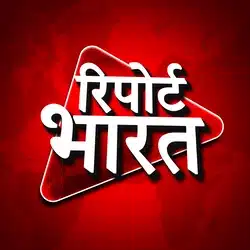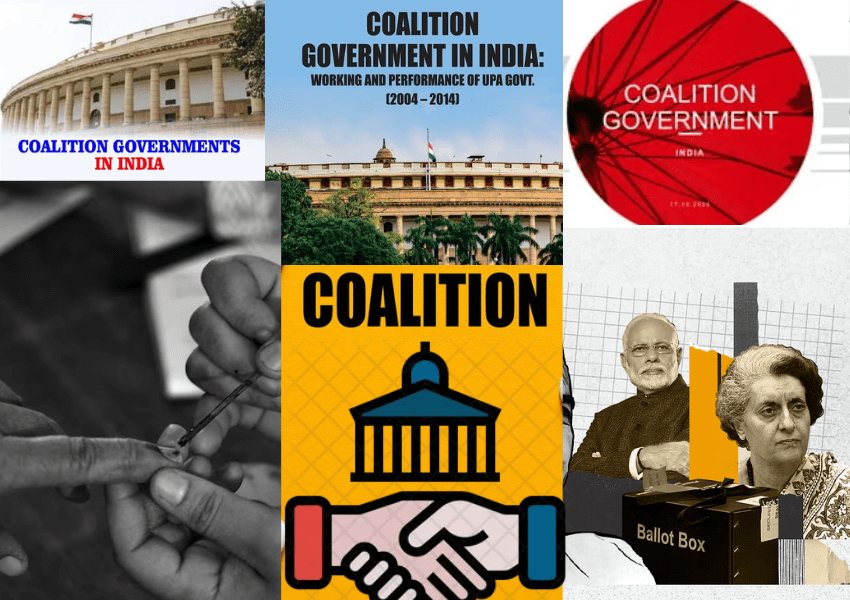Coalition governments have been a significant part of India’s political landscape, lasting for 31 years and bringing economic improvements despite the challenge of maintaining unity among leaders. This article explores the history and experiences of coalition governments in India, from their inception to the recent developments in 2024.
The Return of Coalition Governments
From the first Lok Sabha election in 1952 to the 2024 election, coalition governments have governed India for approximately 31 years. The period from 2014 to 2024 saw the NDA coalition under Narendra Modi, but the BJP secured more seats than the majority, winning 282 seats in 2014 and 303 seats in 2019. Thus, they did not rely on coalition partners. However, in the 2024 elections, BJP’s seat count reduced to 240, necessitating a coalition to form the government. This marks the beginning of a new era of coalition governance in India.
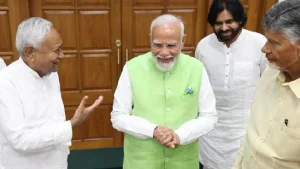
The First Coalition Government
The Janata Party government, formed in 1977, was the first coalition government. In 1989, the National Front government was established under VP Singh’s leadership. The 1991 Congress government, with 232 seats, saw PV Narasimha Rao relying on multiple parties. The 1996 elections led to Atal Bihari Vajpayee of BJP becoming Prime Minister, but his government fell in 13 days due to a lack of majority. The United Front government, led by HD Devegowda and later Inder Kumar Gujral, was supported by Congress from outside, highlighting the challenges of coalition governance.
United Front Government: 1 June 1996 – 19 March 1998
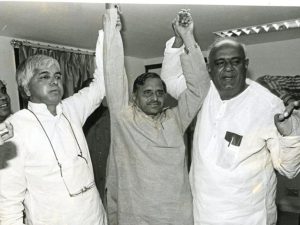
Economic Reforms and Political Challenges
During this period, India had two Prime Ministers: HD Devegowda and Inder Kumar Gujral. The United Front, comprising 13 parties with Congress’s external support, included major parties like SP, DMK, Tamil Manila Congress, Assam Gana Parishad, and TDP. Finance Minister Chidambaram’s 1997 budget reduced income tax rates and removed cess from corporate tax, boosting the economy. Gujral’s ‘Gujral Doctrine’ focused on strengthening India’s relations with neighboring countries.
Fall of the Government
The Devegowda government fell due to Congress President Sitaram Kesari’s actions, which led to Devegowda’s resignation within a year. Similarly, Inder Kumar Gujral’s government collapsed following the Jain Commission’s report on Rajiv Gandhi’s assassination, implicating DMK. Internal conflicts, such as Lalu Prasad Yadav’s involvement in the fodder scam, also contributed to the government’s downfall.
NDA Government: 19 March 1998 – 22 May 2004
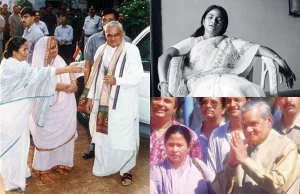
Coalition Dharma and Economic Reforms
The NDA, led by Atal Bihari Vajpayee, included BJP, AIADMK, BJD, Akali Dal, Shiv Sena, TMC, and PMK. Vajpayee’s commitment to ‘coalition dharma’ fostered economic reforms, particularly in the telecom and insurance sectors, and advanced India’s IT sector. His diplomatic efforts included personally visiting Mamta Banerjee in Kolkata to address her grievances as Railway Minister.
Political Turbulence
Vajpayee faced challenges from allies like Trinamool Congress and AIADMK. Jayalalitha’s demand for dropping charges against her and the dismissal of Defense Minister George Fernandes led to AIADMK withdrawing support, causing the government to fall in 1999.
UPA Government: 22 May 2004 – 26 May 2014
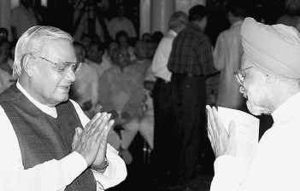
Legislative Achievements and Party Dominance
Under Manmohan Singh’s leadership, the UPA coalition, including Congress, NCP, RJD, DMK, LJP, and Trinamool, enacted significant reforms like the Right to Education, Right to Information, Forest Rights, Food Security, and Land Acquisition Rehabilitation and Resettlement Acts. However, constituent parties like DMK often influenced key decisions, changing ministers to suit their interests.
Internal Conflicts and Policy Inertia
DMK’s frequent ministerial changes and Shibu Soren’s multiple appointments as Coal Minister exemplified the dominance of coalition partners. UPA-2 faced accusations of policy inertia, contributing to its eventual defeat.
The history of coalition governments in India highlights the intricate balance of power and the challenges of maintaining unity among diverse political entities while striving for economic and legislative progress.


